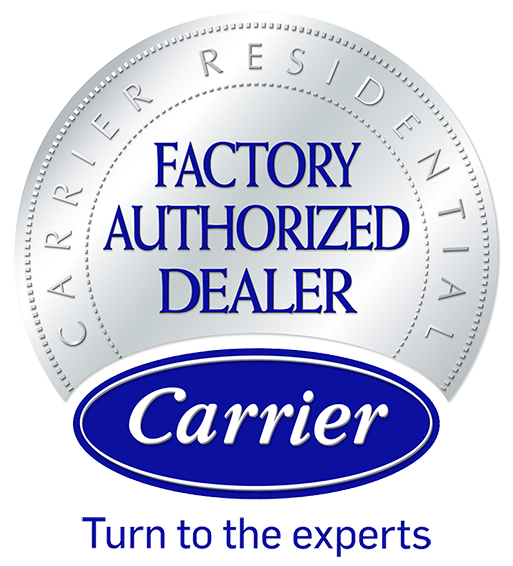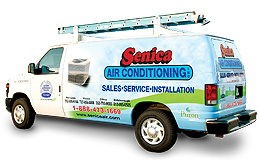Mold growth is one of the challenges that comes with living in the Tampa area, since our climate provides a nurturing environment for this destructive life form. Mold is a fungus that’s nature’s way of breaking down organic material. It thrives in temperatures between 60 and 80 degrees with adequate humidity and organic materials on which to feed. There are many different kinds of mold, but the most serious kind that occurs indoors is black mold, which may cause serious illness. Allergies to other kinds of mold are not uncommon.
Where Does it Grow?
Few environments exist inside homes where mold won’t grow, since it takes little organic material to support it. It favors places with a continual supply of moisture, like the bathroom, kitchen and even the attic. Mold will also grow on the evaporator coil inside your home’s central cooling system, where it presents a serious problem, cutting down on the air conditioner’s ability to cool your home. If you have a heat pump, its efficiency will be lower year-round if you have mold growth on the coils.
Any leaks in your roof can support the growth of mold, which will attack insulation and the wood in its framing. This area of the home is particularly vulnerable,since most homeowners don’t access the attic often. It’s hard to do a thorough inspection because of inadequate lighting, and most attics don’t allow for easy movement.
Leaky pipes can support mold growth inside walls and beneath sinks, as can irrigation sprinklers that repeatedly hit the exterior of your home.
What to do About Mold Growth
You can send samples of the mold to a laboratory for testing to identify its type or obtain testing kits from home centers. If black mold turns up, it’s a good idea to consult a mold remediation specialist who can evaluate the severity of the infestation.
These tools can also help you manage mold in your home:
- Manage the humidity. An inexpensive humidity meter, or hygrometer, is a useful device to keep in your home to keep track of its humidity levels year-round. Mold thrives when humidity rises over 60 percent. In the summer and if your home consistently has high levels, you might consider portable or central dehumidifiers to lower it. Using the kitchen and bathroom exhaust fans also removes the humidity from bathing and cooking.
- Control the spores. Mold spreads via microscopic spores that float through the air. By choosing an air filter for your home’s air handler that’s rated to trap mold spores, you stop some of them from entering each room in your home. When replacing your A/C’s air filter, look for one with a minimum efficiency reporting value (MERV) rating of 7 or higher. MERV ratings range from 1 to 16, and be sure to check the owner’s manual for your HVAC system to find the maximum you can use, or ask an HVAC contractor. These filters will trap most of the spores that pass through them, but you’ll have to check the filter monthly and replace it when it’s dirty for best results. You can also install a whole-house air filtration system that uses high efficiency particulate air (HEPA) filters that will trap the spores. These filters need to be changed up to two times a year, depending on the airborne particulate load in your home. Another approach to reducing mold spores in your home involves installing ultraviolet (UV) lights in your home’s ductwork or inside the air handler. UV rays alter the structure of mold spores, bacteria and viruses, rendering them incapable of reproducing. You’ll have healthier indoor air and limit mold growth indoors. When placed in the air handler, the UV lights will stop mold from growing on the coils, improving air quality and energy efficiency.
- Maintain the HVAC system. Routine annual service for your HVAC system involves a through cleaning and making sure the drainpipe for the air handler is not blocked. The HVAC contractor has tools to clean the evaporator coil and the drain pan beneath the coil.
For more information on stopping mold growth in your Tampa home, contact Senica Air Conditioning, Inc. today.



